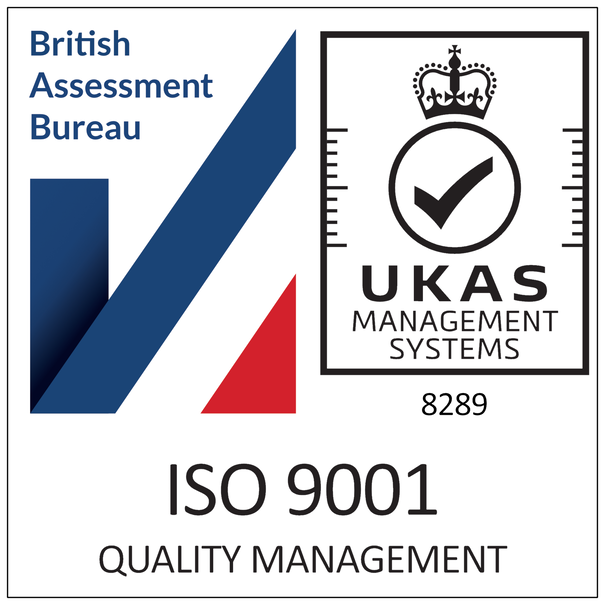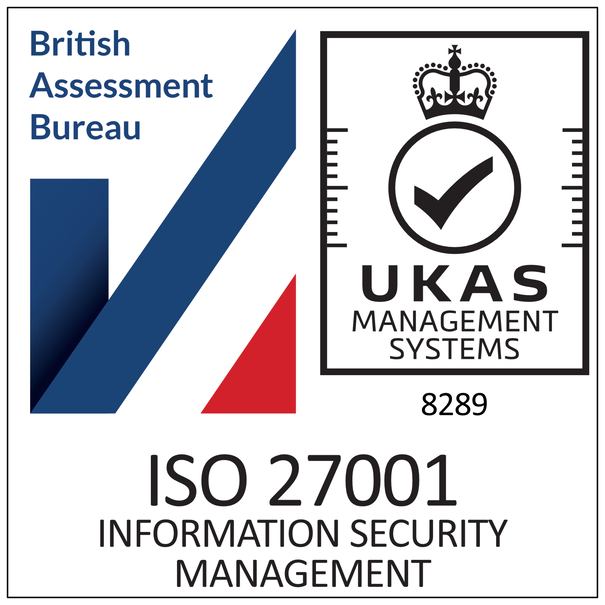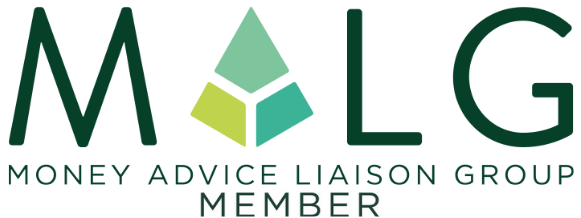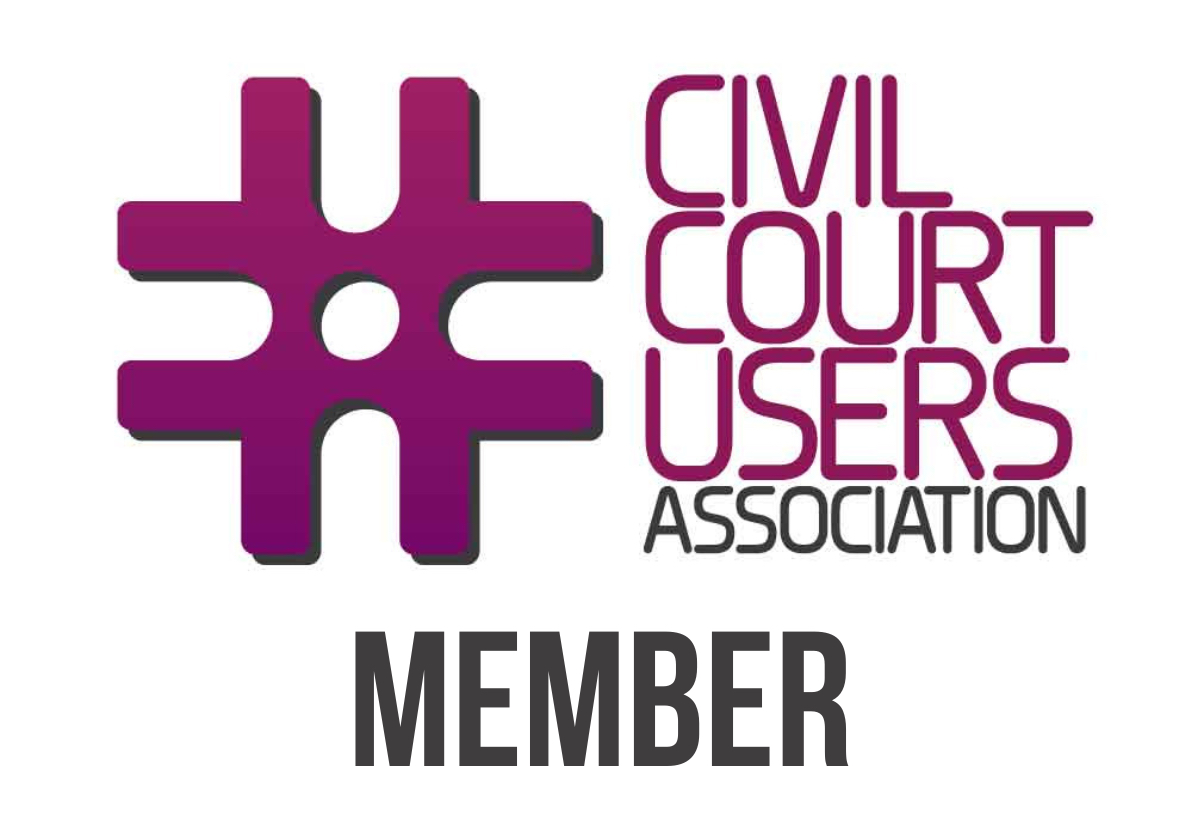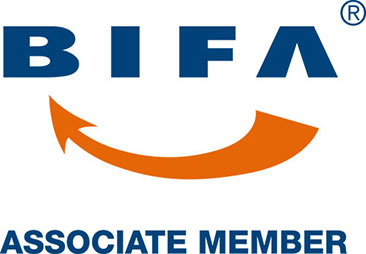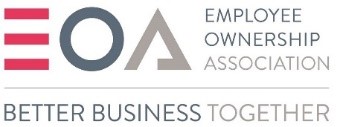
With the UK’s 2021 split from the EU Customs Union looming, here we detail several actions that you can take (and some resources you can checkout) to help you minimise your import and export costs.
As you will probably be aware, the main information resource outlining the up and coming changes is this Govt. website. If you have not visited this site before, it’s a good starting point.
Ensure your costs don’t spiral
To keep import/export costs down, the first thing you should do is look at the financial help you can access. The good news is, some grant support is available.
To get you ready for customs processes and declarations, you can apply for funding to cover training, and there’s also cash available to help you understand the connected safety and security issues.
Accessing and using the right software and online systems is business-critical; and if your team is not tech-ready, then you can expect delays and unnecessary costs. Govt. funding support is available to help you access the software, licenses and skills training you’ll need. This IT funding can be backdated to cover investments made earlier this year.
Grants to help you bring in new staff are also available. These are likely to cover your recruitment costs, for each individual.
Here’s the link to the Govt. grants that are available.
Minimise and manage tariffs and duties
When you import/export goods there are costs associated with the declaration of goods.
The main cost issues (and savings you can make) relate to accessing the Government support to help you bring in the resources you’ll need (people and tech) and understand and use the National Export System and the Government Gateway.
Controlaccount has published a detailed blog about Declarations and Tariffs here, and the key links are included.
It’s also important to note, the Government’s new VAT model for goods coming into the UK. This aims to ensure that goods from EU and non-EU countries are treated equally. It also aims to speed up the effectiveness of VAT collection on imported goods. The Border Operating Model from GOV.UK, gives more details, including a key section covering the VAT treatment of consignments not exceeding £135.
Minimise lodgement and storage costs
If you are required to store goods at ports, then costs will be incurred and you’ll need to know about the Pre-lodgement and Temporary Storage models.
Very simply, with the Temporary Storage model, imported goods can be stored for up to 90 days before a customs declaration. For the Pre-lodgement model, you will need to submit your declaration before exiting the EU.
In terms of tariffs, costs and duties, the key here is minimising any storage periods and clearing delays. This GOV.UK resource is a good starting point.
Keep close to HRMC
Keep a close relationship with HMRC too. They can provide import/export advice and you can find useful background on business tax on this page (you’ll need to register and sign-in). This may help you decide on the items you are shipping and make any changes that would be beneficial.
You can also look up commodity codes, duty and VAT rates here and here.
Here to help
Good luck and do remember that Controlaccount delivers a comprehensive suite of 50+ back-office, finance and IT/business support services and we are here to guide you through all the legislative complexities.
To find out how we can help, please call 01527 388 388 or email sales@controlaccount.com





